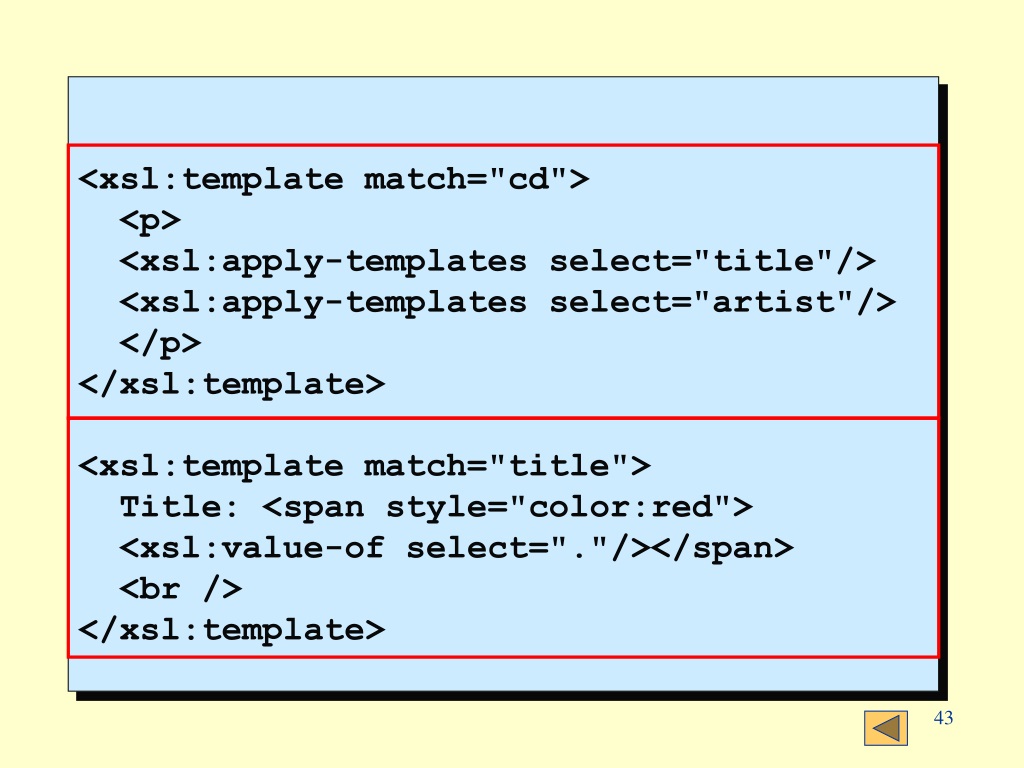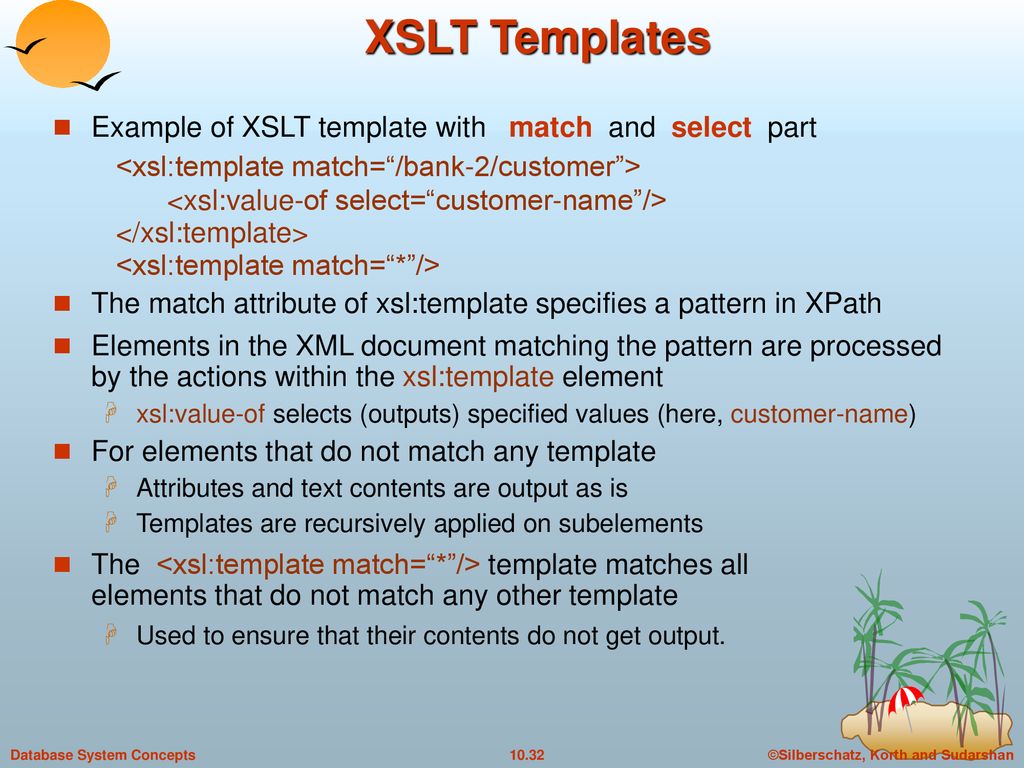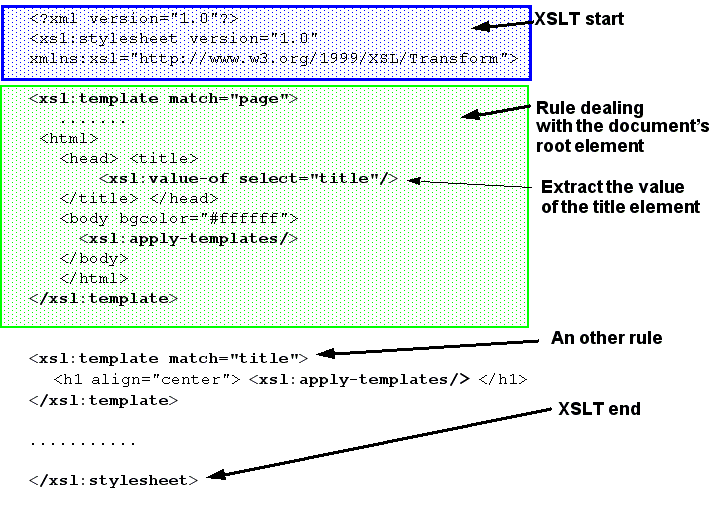This element must have either the match attribute or the name attribute set. It specifies the pattern that an element in the source xml document must match for this template to be applied. But for those that don't match the condition, a. Web if you don't have any, then no template rules other than match=/ will get triggered. Web learn how to use the element to create templates for xsl style sheets.
Web in xslt 2.0 you can refer to global variables within a match pattern, but the syntax is simpler than your guess: Web in your solution, you are transforming all nodes. Match</strong>=@href | @conref | @conrefend>. This element must have either the match attribute or the name attribute set. Web if you don't have any, then no template rules other than match=/ will get triggered.
In that particular case the / means the root of the xml document. Web in xslt 2.0 you can refer to global variables within a match pattern, but the syntax is simpler than your guess: Web if you don't have any, then no template rules other than match=/ will get triggered. Web the match attribute indicates on which parts the template transformation is going to be applied. Web the xsl:template element defines an output producing template.
Also covers importance of xpath to develop xslt conversion code. Web the xsl:template element defines an output producing template. I would like to match on the records which have the attribute of gender. For play nodes that match the condition, your template is applied. It specifies the pattern that an element in the source xml document must match for this template to be applied. In that particular case the / means the root of the xml document. Web if you don't have any, then no template rules other than match=/ will get triggered. Think of it this way: Web in xslt 2.0 you can refer to global variables within a match pattern, but the syntax is simpler than your guess: Match</strong>=@href | @conref | @conrefend>. The match attribute is used to associate the template with an xml element. Web learn how to use the element to create templates for xsl style sheets. @* matches any attribute node, and node() matches any other kind of node (element, text node, processing instruction or comment). Web the element contains rules to apply when a specified node is matched. Web the match attribute indicates on which parts the template transformation is going to be applied.
Web The Element Defines An Output Producing Template.
This element must have either the match attribute or the name attribute set. The match attribute is used to associate the template with an xml element. Web in xslt 2.0 you can refer to global variables within a match pattern, but the syntax is simpler than your guess: Web in your solution, you are transforming all nodes.
Web Learn How To Use The Element To Create Templates For Xsl Style Sheets.
For a template rule to get triggered, it can't just match a. In that particular case the / means the root of the xml document. This element must have either the match attribute or the name attribute set. @* matches any attribute node, and node() matches any other kind of node (element, text node, processing instruction or comment).
Web This Tutorial Explains What Is Xslt, Its Transformations, Elements, And Usage With Example.
Web i am trying to do a conditional match on an xml and to return the value from a sibling node. For play nodes that match the condition, your template is applied. Web the xsl:template element defines an output producing template. Web i want to write an xsl template that matches attributes instead of nodes, i would think that having something like this:
It Specifies The Pattern That An Element In The Source Xml Document Must Match For This Template To Be Applied.
You can assign a name to the. I would like to match on the records which have the attribute of gender. Web if you don't have any, then no template rules other than match=/ will get triggered. Also covers importance of xpath to develop xslt conversion code.









